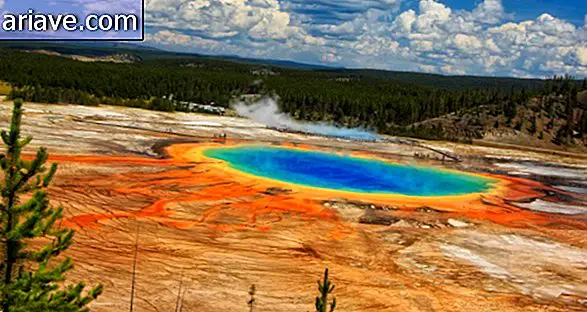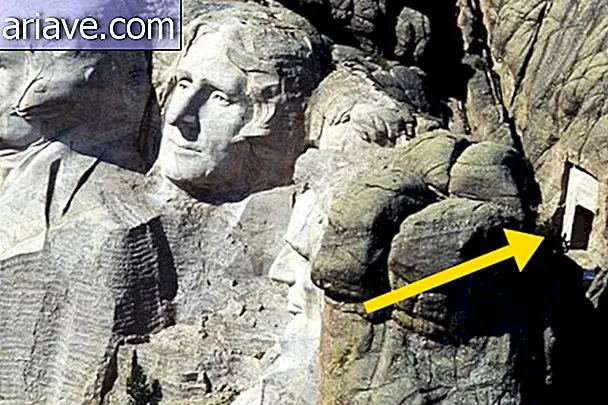How can the sunset be similar on Beijing and on Mars?
Recently compared images left some people with the flea behind their ears. Apparently, the sunset in Beijing is similar to what can be seen on Mars. But how can this similarity happen if we are talking about two completely different places? What is the origin of these misty appearances we can see in the two photos?
Fortunately, Science is there to cure some of our ignorance, and with regard to this intriguing doubt, a citizen named Joe Hanson can help unravel the problem. In a statement published in Gizmodo, he explained that the sands of the Red Planet have a lot of static charge, causing the dust to become “sticky” and attract to things like air filters.
This static dust is made up of tiny grains that make the sunset look bluish, as you can see in the picture. A different process happens on our planet and causes our atmospheric gases to disperse blue and violet lights, which makes our sky blue and our sunset reddish.
There and here

In Beijing, however, a different phenomenon happens: every chemical pollutant emitted is converted into elements such as sulfur dioxide. This component, in turn, can be turned into sulfuric acid and when there is precipitation we have the well-known acid rain. These aerosols scatter the lights of Beijing as well as Los Angeles and Mexico City, making the sunset redder. Elsewhere on the planet, it can be red, orange or yellow.
In the case of Beijing, once again, the greater amount of aerosols in the atmosphere and the sandstorms that form a haze over the Chinese city must be taken into account, which causes large grains of sand to scatter and whitish when the sun goes down.
That is: both Beijing and Mars have great fog and sand, causing light scattering in these two environments to undergo similar physical processes.











